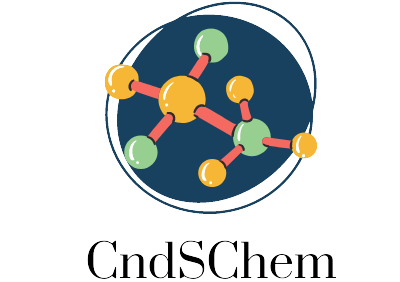Introduction:
Methylone, a synthetic cathinone compound with psychoactive properties, has garnered attention in the field of pharmacology and neuroscience. This article provides an in-depth analysis of the chemical properties, physiological effects, and pharmacological significance of methylone, elucidating its role as a recreational drug and potential therapeutic agent.
Chemical Structure and Properties:
Methylone belongs to the class of substituted cathinones and is structurally related to other psychoactive compounds such as MDMA (ecstasy) and methcathinone. Its molecular structure comprises a phenethylamine backbone with an additional ketone group, conferring unique pharmacological properties and psychoactive effects. The chemical properties of methylone influence its interactions with neurotransmitter systems in the brain, leading to its stimulant and empathogenic effects.
Mechanisms of Action and Neuropharmacology:
Methylone exerts its pharmacological effects primarily through its actions on neurotransmitter systems, including dopamine, serotonin, and norepinephrine. By modulating the release and reuptake of these neurotransmitters, methylone alters synaptic transmission and neuronal activity, resulting in subjective effects such as euphoria, increased sociability, and heightened sensory perception. The neuropharmacological mechanisms underlying the effects of methylone contribute to its abuse potential and recreational use.
Here you can buy methylone.
Pharmacokinetics and Metabolism:
Understanding the pharmacokinetics and metabolism of methylone is essential for elucidating its disposition in the body and predicting its physiological effects. Following administration, methylone undergoes rapid absorption and distribution, with peak plasma concentrations achieved within hours. Metabolism occurs primarily through hepatic pathways, yielding metabolites that are excreted renally. The pharmacokinetic profile of methylone influences its duration of action and potential for toxicity.
Recreational Use and Adverse Effects:
Methylone is commonly used for recreational purposes due to its stimulant and entactogenic effects. However, its misuse is associated with various adverse effects, including cardiovascular complications, psychiatric symptoms, and neurotoxicity. Chronic use of methylone may lead to tolerance, dependence, and withdrawal symptoms, posing significant risks to users’ health and well-being.
Therapeutic Potential and Research Perspectives:
Despite its recreational use, methylone has attracted interest as a potential therapeutic agent for the treatment of psychiatric disorders such as depression and post-traumatic stress disorder (PTSD). Preclinical studies suggest that methylone and related compounds may have antidepressant and anxiolytic effects, warranting further investigation into their therapeutic potential. Future research endeavors may focus on elucidating the underlying mechanisms of action and conducting clinical trials to evaluate the safety and efficacy of methylone-based treatments.
Conclusion:
In conclusion, methylone represents a psychoactive compound with complex pharmacological properties and diverse effects on the central nervous system. Its chemical structure, mechanisms of action, and pharmacokinetic profile contribute to its recreational use and potential therapeutic applications. However, the abuse potential and adverse effects associated with methylone underscore the importance of responsible use and regulatory control. Further research is needed to fully understand the risks and benefits of methylone and develop evidence-based interventions for mitigating its harm and maximizing its therapeutic utility.
Information for preparing this article was taken from the site: https://en.wikipedia.org/wiki/Methylone

